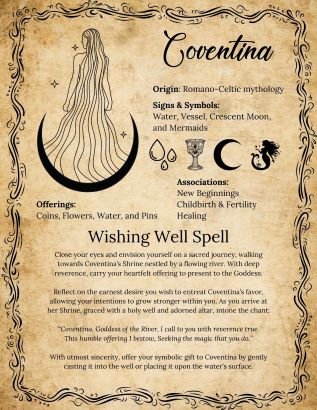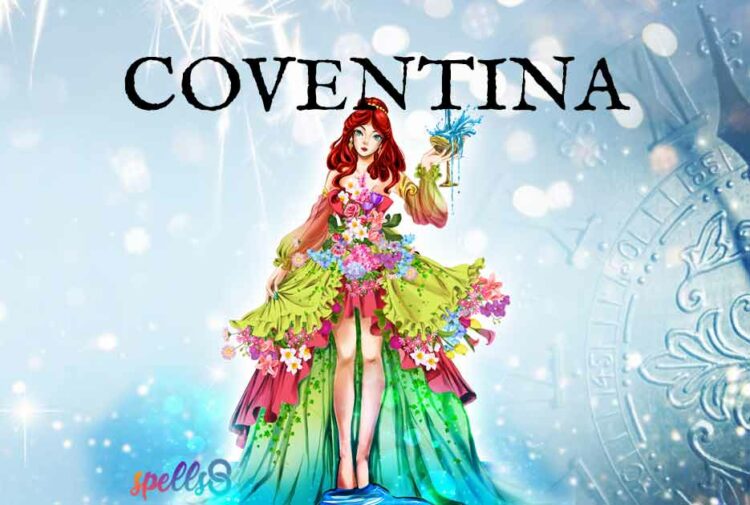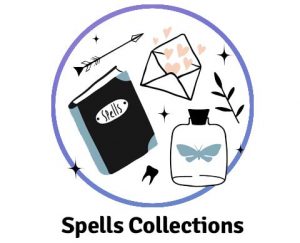Water has always been an important part of human life. After all, without water, there would be no life to begin with. In ancient times, where water sprang up, there was always celebration. And in one corner of ancient Britain, this celebration was directed towards a very special character: the Goddess Coventina.
Worship of Coventina began as a mark of gratitude for the divine gift of water, but it soon blossomed into something much larger. Coventina became associated with healing, granting our deepest desires, and symbolizing new beginnings in life.
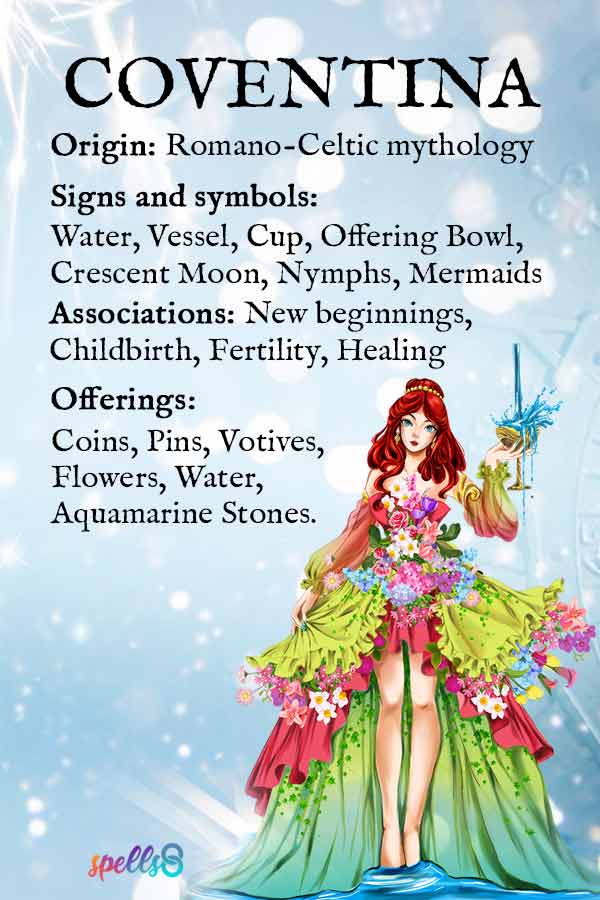
In this article, we will explore the origins of the worship of Coventina, her mythology, the symbolism and offerings associated with her, and rituals for connecting with Coventina today.
- Who is Coventina?
- Myth of Coventina
- Symbols of Coventina
- Coventina Offerings
- Prayers to Coventina
- Further reading
Who is Coventina?
Coventina is a remarkable Goddess whose worship appears to have originated from a small Northumbrian community near Carrawburgh on Hadrian’s Wall. As water sprang up in this area, the local people believed that something so miraculous and life-giving must have come from a divine source. And so, in gratitude for the spring, they gave offerings to this Goddess who became known by the Celtic name Coventina.
Coventina came to be depicted as a water nymph and was known as a powerful Goddess of sacred water sources. She was worshipped as a local deity for many generations until around the 3rd or 4th century when the Roman occupiers of England began to take an interest in the intriguing character of Coventina.
The Romans even went on to build a temple for Coventina, which enclosed her sacred spring and its stone basin. The temple measured forty feet across and was beautifully adorned with stone carvings. People continued to visit the spring of Coventina to make their offerings until the collapse of the Roman Empire when Coventina’s well was forgotten and left to decay.
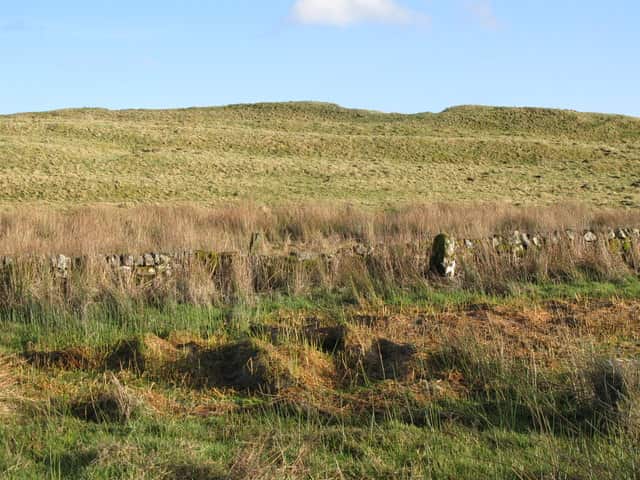
The remarkable site of Coventina’s spring was only rediscovered in 1876, and on further exploration of the site, the full scale of the cult of Coventina was revealed. The site contained close to 14,000 coins, brooches, pearls, pottery, votive offerings, and clay animals.
Coventina was certainly revered in her native England, but references to her have also possibly been found in inscriptions from North West Spain and Narbonne in Southern Gaul.
Myth of Coventina
As we have already seen, Coventina was a Romano-British Goddess associated with wells and springs. Water has long been linked to the giving of life, and much of the mythology around Coventina was an act of gratitude for the divine gift of water. Water was also considered to have healthful and healing properties, and so Coventina was also associated with healing.
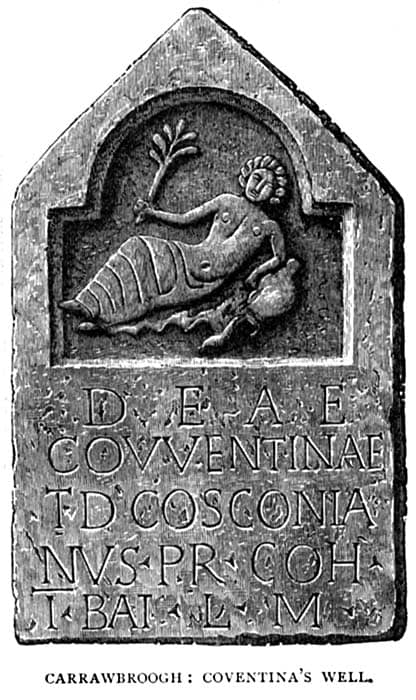
Water, in the ancient world, was connected to the cycle of life, particularly with new beginnings. Coventina also came to represent these new beginnings, including being a Goddess of fertility and childbirth. Offerings would be made to her at key moments in people’s lives or as they faced a new chapter that needed divine support to succeed.
Mythology surrounding Coventina came to see her as the Goddess who presides over the fairy realm. The water spirits, sometimes referred to as blajini, which means gentle ones, were said to be subject to Coventina, and worshippers could offer these spirits gifts as a way to find favor with her.
Coventina went on to be known as a Goddess who could be approached when a person is seeking clarity in life, and then, having found this clarity, ask for their heart’s desire. Much like wishing wells in European culture, offerings to Coventina became associated with asking for what is most longed for in life.
Symbols of Coventina
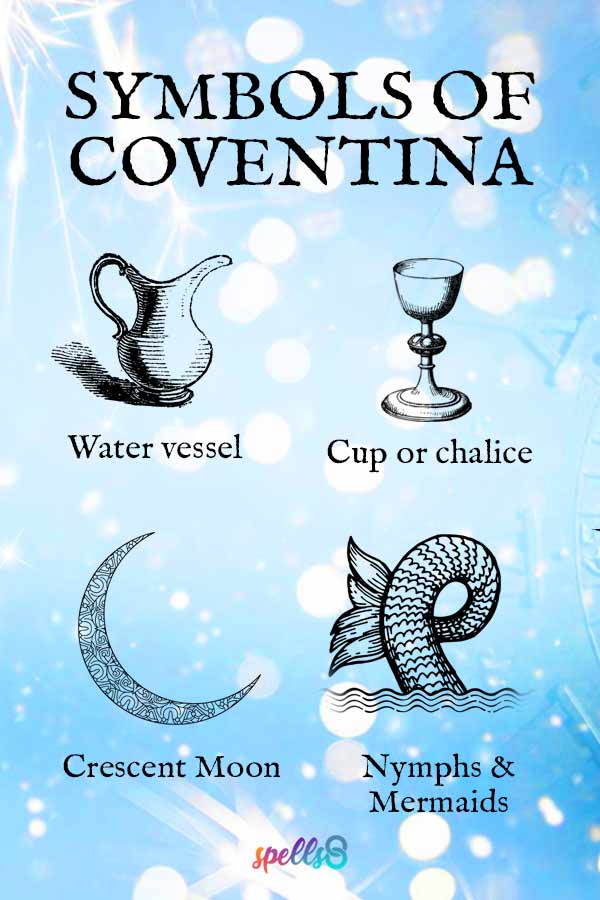
Water: As the Goddess of wells and springs, water is the most prominent and significant symbol representing Coventina. It symbolizes life, purity, healing, and the divine gift of water she bestows upon humanity.
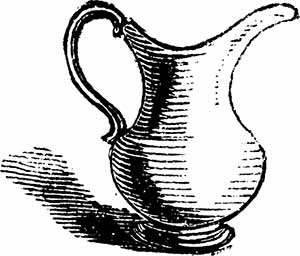
Vessel, Cup or Offering Bowl: Coventina is often depicted holding a vessel or offering bowl, which represents the act of making offerings to her as a sign of gratitude and seeking her favor for healing or blessings.
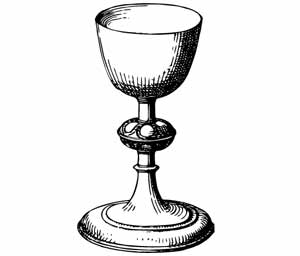
Crescent Moon: The crescent moon symbolizes the cyclical nature of life and the waxing and waning of the moon, possibly representing Coventina’s connection to the cycles of water and the lunar calendar.
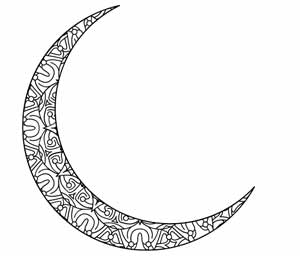
Water Nymph or Mermaid: Coventina is sometimes depicted as a water nymph or mermaid-like figure, emphasizing her connection to water and the mystical world of water spirits.
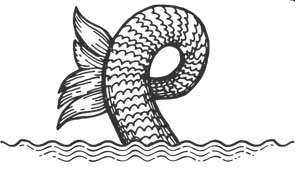
How to Worship Coventina
Creating a dedicated altar space forms a central aspect of the worship, incorporating symbols of water like bowls, seashells, or images of springs. Offerings hold significance in neopagan worship, and practitioners leave offerings of water, flowers, coins, or other items representing life and new beginnings to show gratitude and respect.
Celebrating seasonal festivals, particularly those related to water or cleansing rituals, provides an opportunity to include Coventina in these special moments. Engaging with nature and bodies of water holds significance in honoring Coventina’s connection to the natural world and appreciating the importance of water in sustaining life.
Correspondences and Offerings to Coventina
Archaeological records show that a variety of offerings were made to Coventina, including coins, pins, votives, and semi-precious stones. These items were often thrown into her spring, where many believed that the water spirits (blajini) would carry these items to Coventina, who would then manifest the desires associated with these offerings.
Other offerings suggested that Coventina was approached with concerns related to fertility and childbirth, as seen in the offering of a bronze horse at the Northumbrian temple. Today, offerings continue to be made to Coventina, and her association with granting the deepest desires of the heart has remained strong in the modern imagination.
- Associations: Wells and Springs, Healing, New Beginnings, Fertility and Childbirth
- Symbols: Water, Vessel or Offering Bowl, Water Nymph or Mermaid, Crescent Moon
- Animals: Fish
- Gems: Aquamarine
- Colors: Blue, Aqua
- Incense: Water-based scents, such as Rain or Ocean scents
Coventina Invocation Prayer
As you quench your thirst with the first sip of water each day, let the incantation flow from your lips: “Oh Coventina, Goddess of the sacred waters,
guard my magic’s purity and let goodness dwell within my spirit.”
Wishing Well Spell
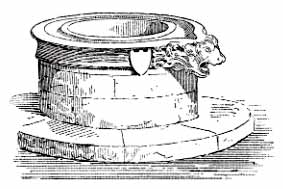
Begin by locating a serene body of water, whether it be a tranquil fountain or a simple bowl filled with water. Create a protective circle, enveloping yourself with a shield of light.
Close your eyes and envision yourself on a sacred journey, walking towards Coventina’s Shrine nestled by a flowing river. With deep reverence, carry your heartfelt offering to present to the Goddess.
Reflect on the earnest desire you wish to entreat Coventina’s favor for, allowing your intentions to grow stronger within you. As you arrive at her Shrine, graced with a holy well and adorned altar, intone the chant:
“Coventina, Goddess of the River, I call to you with reverence true. This humble offering I bestow, Seeking the magic that you do.”
With utmost sincerity, offer your symbolic gift to Coventina by gently casting it into the well or placing it upon the water’s surface.
Feel the profound connection with the Goddess, as your wish is carried upon the currents to her benevolent presence. In this sacred moment, know that your devotion has been acknowledged, and Coventina’s divine grace flows around you.
Download the Printable
This PDF version comes with a transparent background so you can print it on any kind of paper you want and add it to your own Book of Shadows. Find more free printable grimoire pages browsing Spells8.
